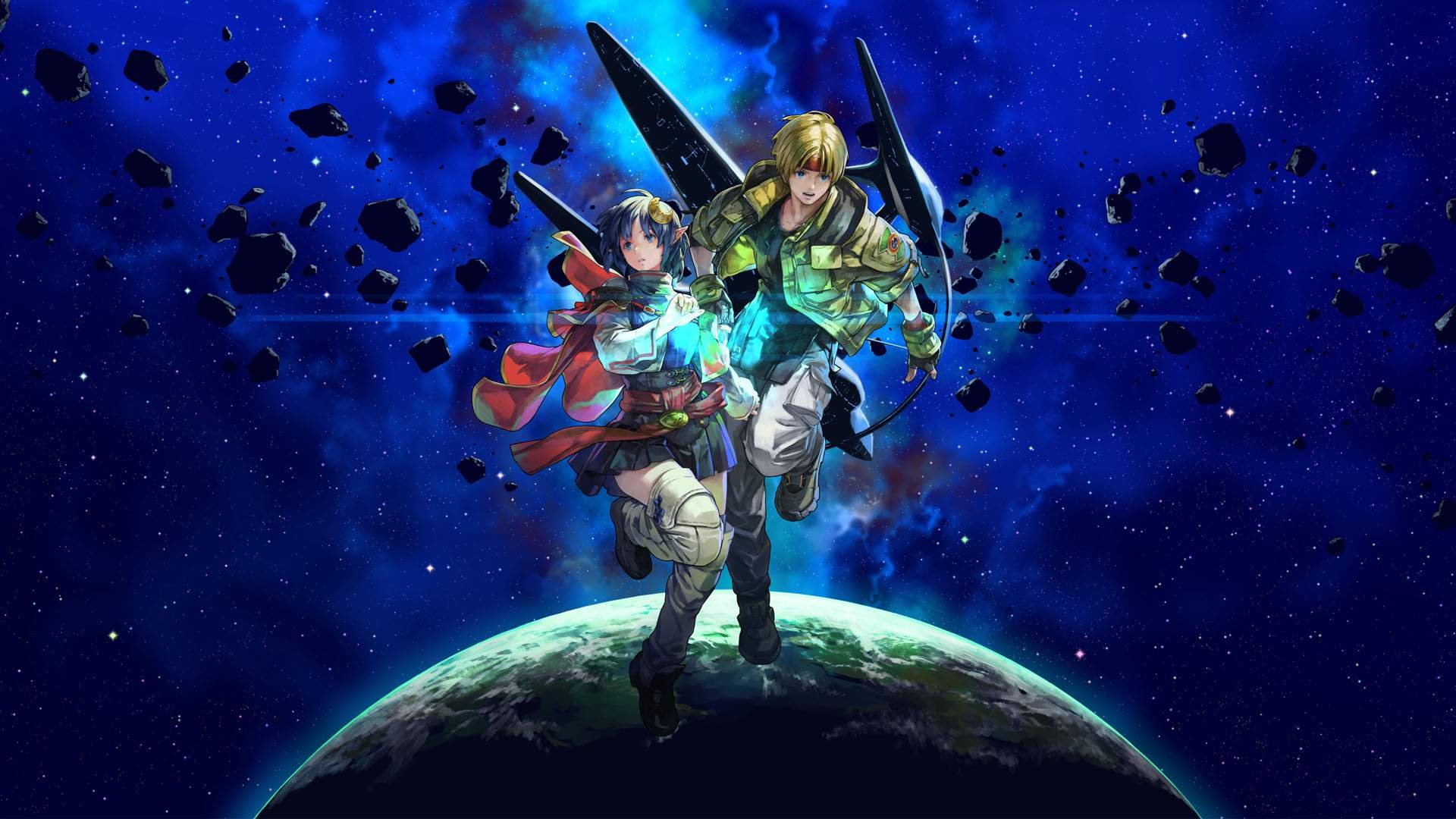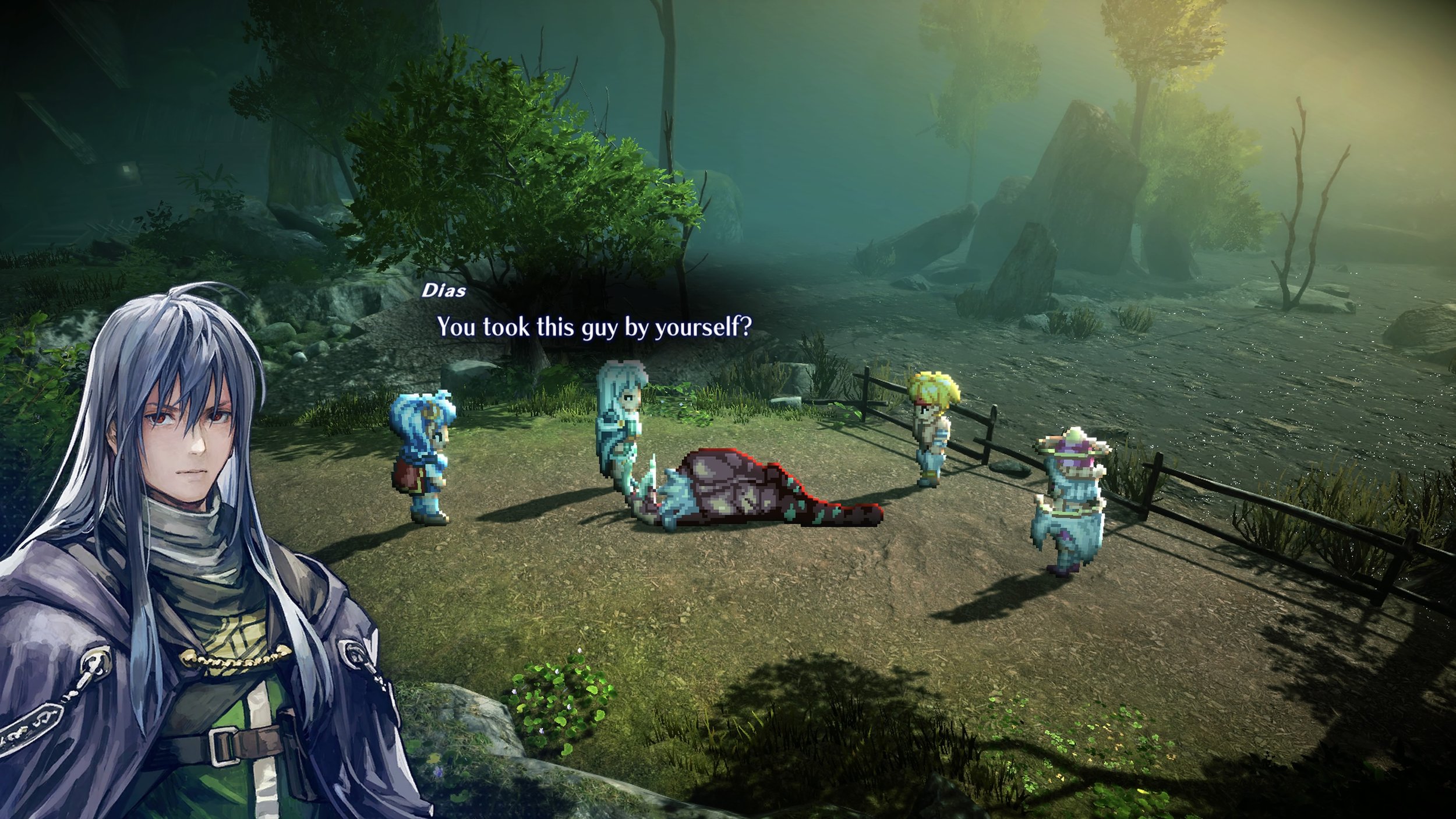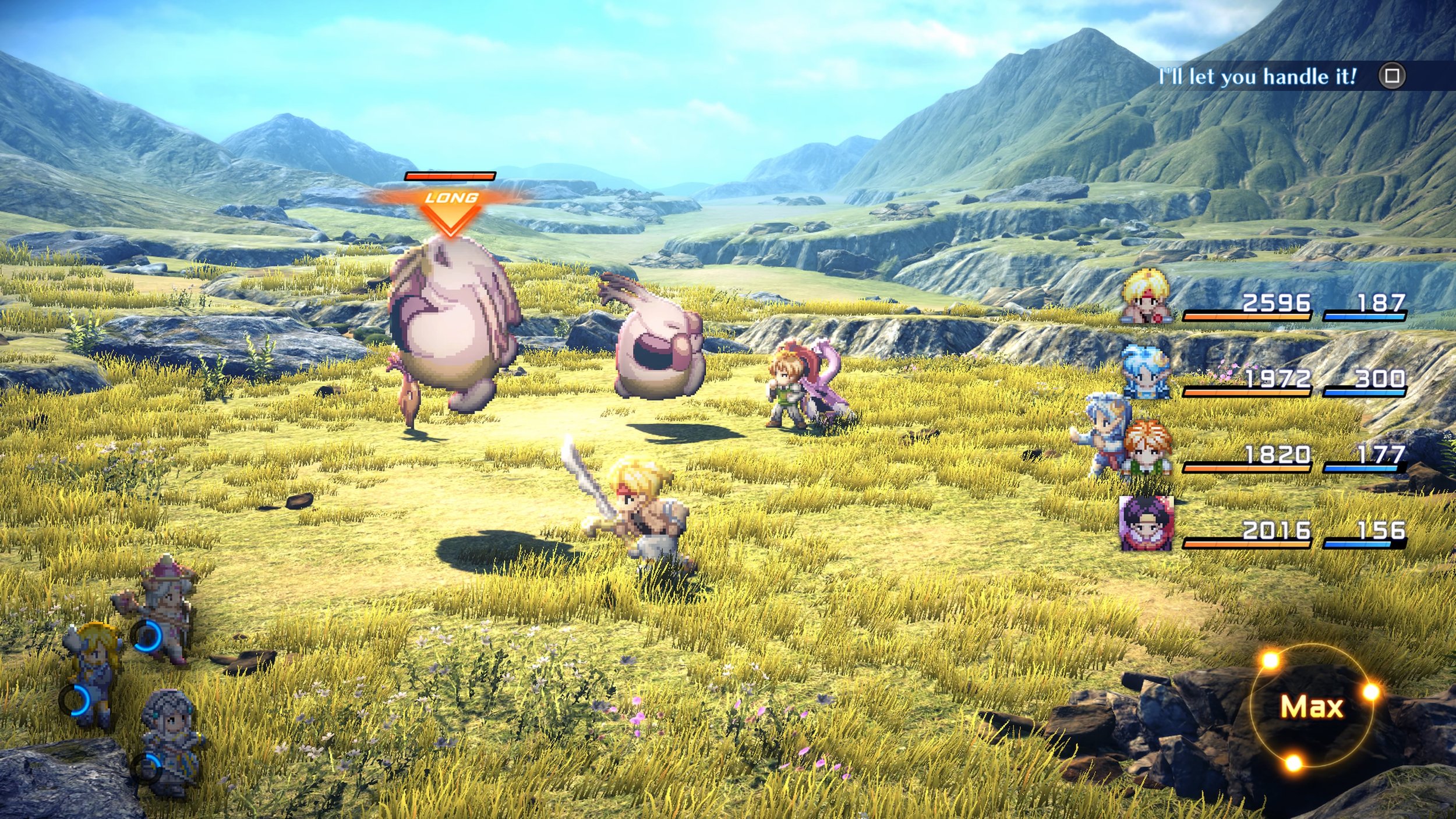Star Ocean The Second Story R Review - Still One of the Best in the Franchise
/*This article was first published as a review-in-progress on Nov 1, 2023, with the reviewer having 20 hours with Star Ocean The Second Story R on the PlayStation 5 at the time. This article was updated with the reviewer’s final verdict and additional paragraphs to complete his final thoughts on the game after completion.
When I think about the Star Ocean series I think about Claude finding himself on an unknown planet, befriending a local girl, and forming a bond with the friends he has met along this fantastical journey. This JRPG classic was part of my childhood in the ‘90s, a time that I consider to be the golden age of JPRGs, and was ecstatic to find out that they are releasing it with new features and content to entice another go with a game that first released in 1998. With Star Ocean The Second Story R, this version is not meant to reimagine the game but to modernize it and equip it with quality-of-life changes that would fit the current times, and the attempt is commendable to the point that I think Square might have found the perfect formula to bring classics like The Second Story/
A great approach to bringing back a classic
The essence of why Second Story is at the top of everybody’s list of the best games in the series remains intact. The biggest change is the visuals as they’ve given the whole game this Octopath Traveler touch where the original environments are recreated in 3D but have retained its original 2D sprites of every character, creature, and NPC, making it seem like you are playing within a pop-up book.
At first glance, I was intrigued, but spending hours looking at the visuals and the 2D sprites moving around this 3D space makes me appreciate the approach even more as I go deeper into this sci-fi journey. It’s a perfect middle ground of respecting the original visual style but also giving it a striking visual change as the game looks great even during combat.
I looked back at the original game or the PSP version Star Ocean The Second Evolution and noticed that they kept everything intact in terms of level design and concept. They simply converted the original layout, dungeons, and towns to a 3D version of themselves. So, if you still remember the layouts of the original dungeons, you’ll feel right at home in this version of the game.
Same combat, but with added layers
The main concept of the game’s combat remains intact but with added systems to make it a more deep and rewarding game. The most significant addition is the Assault Action, which now allows players to call in characters not in your party to act like assists to do one-off abilities you’ve set, which makes the real-time combat more busy than it already is. The big treat to this new system is that they added in characters from previous titles to act as Assault Action characters as well, so you can summon known characters such as Star Ocean: The Divine Force’s Laeticia Aucerius to do one of her signature moves, for example. There are even more protagonists from the previous title that have been given the 2D Second Story sprite treatment and serve as special summons, a great treat for hardcore fans of the series.
But Square Enix didn’t stop there in changing up the gameplay as there are more combat systems now under the hood that make the game more complex and promote strategy and even timing. We now have break states and shield values to worry about. There are also boss-type enemies that if beaten first, will stun all other enemies nearby. These additions actually don’t change the original flow of the game’s combat but actually improve it.
Another great addition is Just Counter, which is a counterattack that if timed right before an enemy attack hits you will trigger a counterattack that rewards you with MP recovery. If you fail to time it just right, you lose the Bonus Gauge, another new system that gives you buffs such as increased experience or added damage based on the formation tactic you’ve set for your team. If you put all those new features aside, for the most part, it’s the same real-time combat that thankfully aged quite well.
The small additions make a difference
The enjoyment of the combat system comes with the unique progression system the series is known for as players will have to allocate points to improve skills that in turn will not only give you access to the game’s crafting but also boost specific stats for that particular character. It makes look simple in the first few hours to newcomers to the game but it still comes out complex and satisfying as you progress. My only problem with the combat is how each character still shouts their ability name each time they use it, which sadly muffles the amazing battle music playing in the background and can occasionally annoy and distract me during a fight.
Those looking for a challenge in this version of the game will be pleased to know that there are challenging encounters despite it being easier to grind levels. Raid encounters were added in the second half of the game and are these added end-game encounters boss fights that are designed for those with the best gear and who have maxed out their preferred character composition. It’s a great addition to really give players another way to really test their knowledge and skill in the game.
This version also comes with a lot of new features outside combat as well that looking back at the original game or the PSP version will be tough once you’ve played Second Story R for the first time. Random encounters have been replaced with visible enemies that if you’ll need to physically touch them to trigger a battle, a welcome change as I’m not fond of spending time killing weak enemies or being slowed down because of the encounters I didn’t want to participate in.
Even the small additions such as flavor text make a big difference in the overall feel of the game as these texts from your party members pop up on the side of your screen, serving as a source of not only the context of the current situation but a hint of what you need to do next in the main story.
Not everything aged all that well
Beyond playing the game, the story of the game isn’t what I remembered as I’m coming back with a different perspective of the story as I did play the original when I was a child. My young self found the story to be amazing, while my adult self considers it a humourous B-movie attraction that does the job of serving the typical JRPG tropes. The second half of the game doesn’t improve as it goes off the rails to wrap things off before the final battle and gives more context to our two protagonists and their role in the grand scheme of things.
The dialogue (which seems to be using the same voice work found on the PSP version) can be a hit or miss depending on who’s hearing it as we have some voice actors really selling the lines while some sound as if they are just simply reading it out of paper and not caring about the outcome. As I progressed through the game, the English voice acting started to drag the game down and I eventually decided to play the rest of the game with Japanese voice, as I find it more tolerable.
After finishing the game and roaming around the game world with my trusty Psynard, it’s clear that this is a fantastic version that will make any Star Ocean fan appreciate the work done in Star Ocean The Second Story R. It’s a different take on the remake formula as the heart and some of the original designs of the game is still preserved and further supported by the many changes and additions done to the game. I’m loving my time with Second Story R as it has successfully transported me back to when I was taking in all those amazing JRPGs in the ’90s, and embracing a world where a band of friends gather to save not just one world, but the universe.
This is how you bring back a classic to the spotlight with a remake treatment that respects the original team’s vision, improves the game where it’s needed, and understands the key points as to why The Second Story is still embedded in people’s minds as one of the greatest JRPGS they’ve played years ago. Hopefully, Square Enix will use this as a blueprint for future projects similar to The Second Story R as they nailed it.
But at full price, it’s understandable if people are hesitant to spend for Star Ocean The Second Story R on release because, at the end of the day, those who played the original are buying to play the same adventure that now comes with a variety of new additions and a completely rehauled exoskeleton. If you’re okay with that, then you’ll be fine with this iteration of the game as they’ve done fairly well with the original source material. As for newcomers to the series — you won’t regret making this your first jump to a beloved JRPG series.
Verdict: 4/5 (Fantastic)
*We’ve recently changed our review score format from a 10-score rating to a 5-score rating. You can check out the definition of the new review score system on our About Us page.
PROS
Fantastic 2.5D visual design applied to a classic
All new features and additions just uplift The Second Story R to be the best version available today
Combat feels more satisfying and deep, grinding feels less compared to the original
CONS
The story didn’t age well
The English voice can be a hit-or-miss
Characters shouting their moves each time they are used muffles the fantastic battle music
What I’ve Played
Completed the main story through Claude’s perspective
Party was above level 100 before the final battle
Went through the game’s new game plus mode for a couple of hours through Rena’s Perspective
Spend over 30 hours on the game
*This review is based on a PS5 code provided by the publisher










SEGA and Ryu Ga Gotoku Studios put a ton of love and care into Yakuza Kiwami 2, and it runs flawlessly on Switch 2. If you’re like me and itching for a reason to take a plunge into the Yakuza universe, there’s no better time than the present.